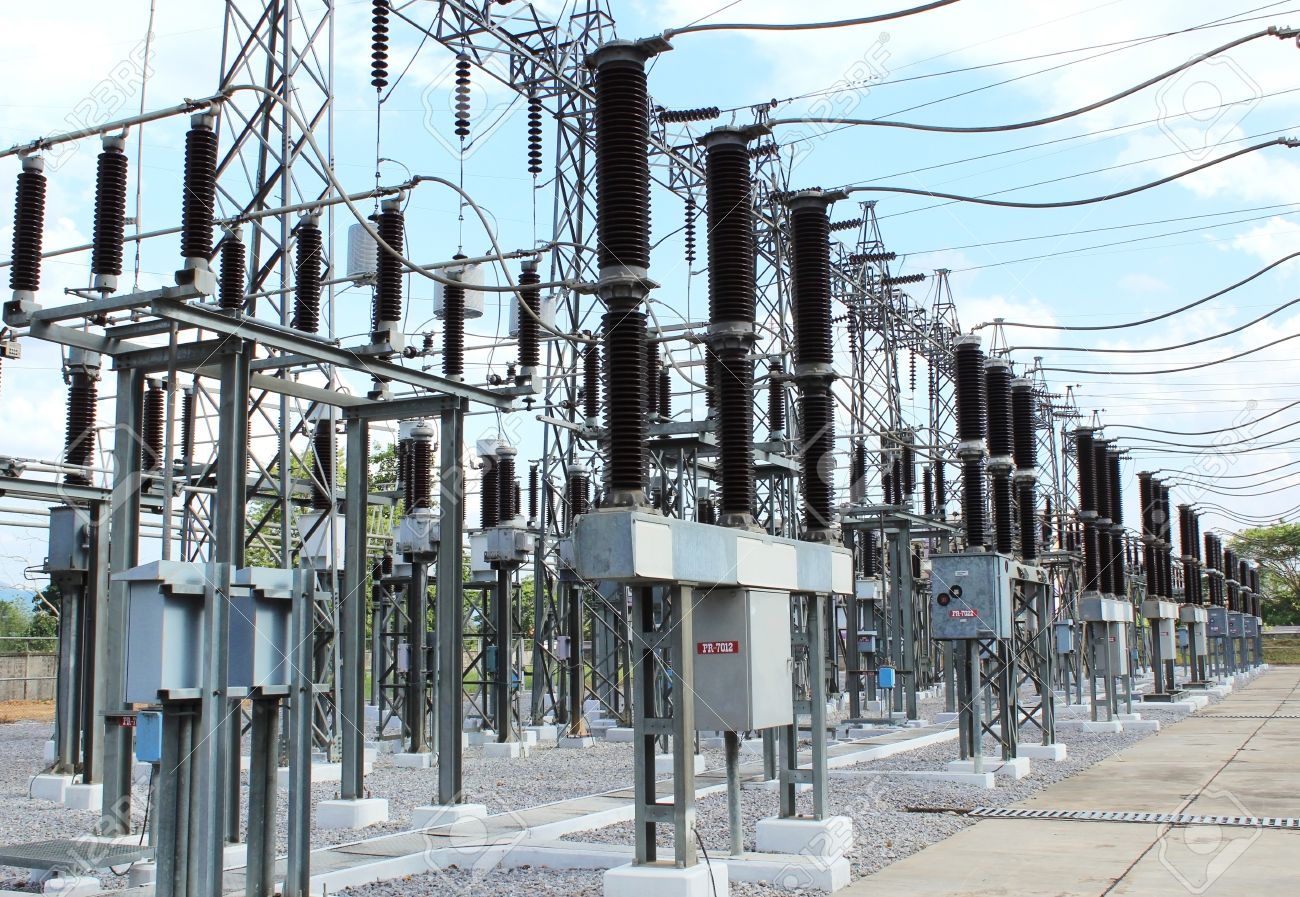Electricity demand in Iran during the fiscal 2016-17 rose by 2,700 megawatts, which is more than the average consumption level of Armenia at 1,800 MW, a deputy energy minister said on Monday.
“A 5% increase in power consumption over one year is unprecedented anywhere in the world,” Houshang Falahatian was also quoted as saying by IRNA.
According to Falahatian, electricity consumption reached a high point of 55,300 MW, experiencing an average rise of 5% compared with the consumption level in the corresponding period of last year.
"Even developed countries have never witnessed such a massive rise in one year," he added, noting that most advanced countries have made concerted efforts to curb their annual peak demand, while it is still growing in Iran.
The official warned about alarmingly high electricity consumption levels and said new power plants with an annual capacity of 4,000 MW should go on stream to meet the growing demand that requires $5 billion in investment.
He added that the peak hour demand in Tehran has risen by 800 MW compared with last year's corresponding period although temperatures have not gone up as much.
Reportedly, an increase in temperature by 1 degree Celsius raises electricity demand by 500-700 megawatts.
According to the official, to meet the demand in Tehran, $1.1 billion need to be allocated to develop power initiatives annually.
Should the current trend continue, the total amount of energy generated in the country will have to be used domestically, leaving no room for exports. On strategies to meet increasing demand, he said that if necessary, the ministry will halt supplies to Turkey, Iraq, Pakistan and Afghanistan, as meeting domestic requirements is a priority.
Iran's installed electricity capacity is currently around 76,000 MW.
According to the official, Iran's installed power capacity has increased in proportion to the annual economic growth, but it is still not enough to meet the heavy electricity demand.
Peak hours normally account for 200 hours per annum and, according to some analysts, expending millions of dollars on new power stations is not economically viable as the extra generated power cannot be stored.
New Projects
Falahatian noted that in line with plans to meet Iran's electricity demand in summer, which has soared to record-high levels in recent days, 59 ventures worth $157 million were inaugurated via video conference in Tehran Province last week by the Energy Minister Hamid Chitchian. He also broke ground on 29 other electricity projects that are expected to become operational at an estimated cost of $85 million.
"Some 8,000 MW of new power production capacity have been added to the national grid in the last four years," Chitchian made the statement on the sidelines of the inauguration ceremony on Sunday. According to the minister, plans call for increasing the country's installed capacity by 5,000 MW per annum. Current installed capacity is close to 77,000 MW.
Referring to the importance of joining hands with international energy majors to implement power plans, Chitchian noted that attracting foreign investment to further speed up electricity ventures is a priority.


